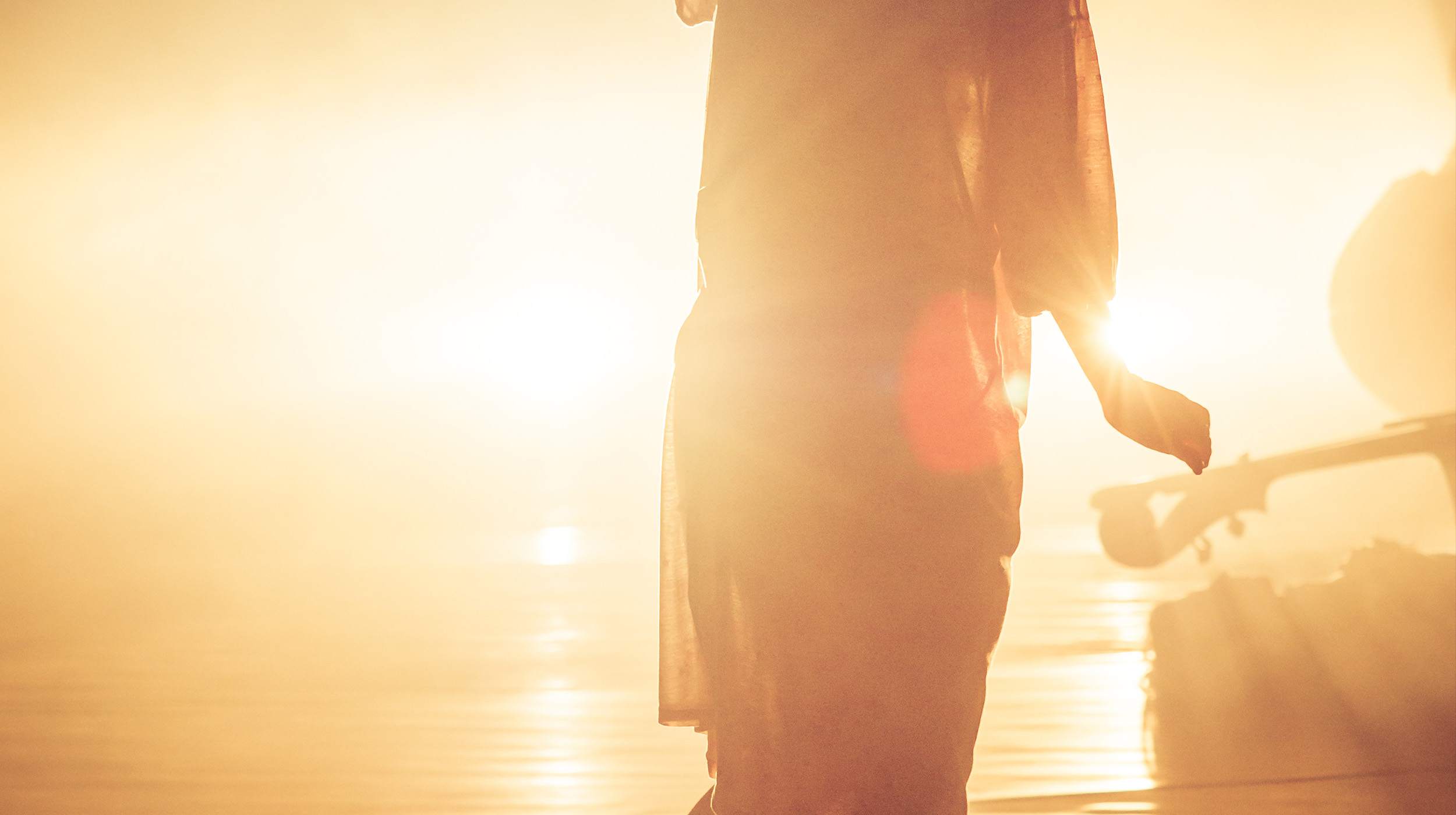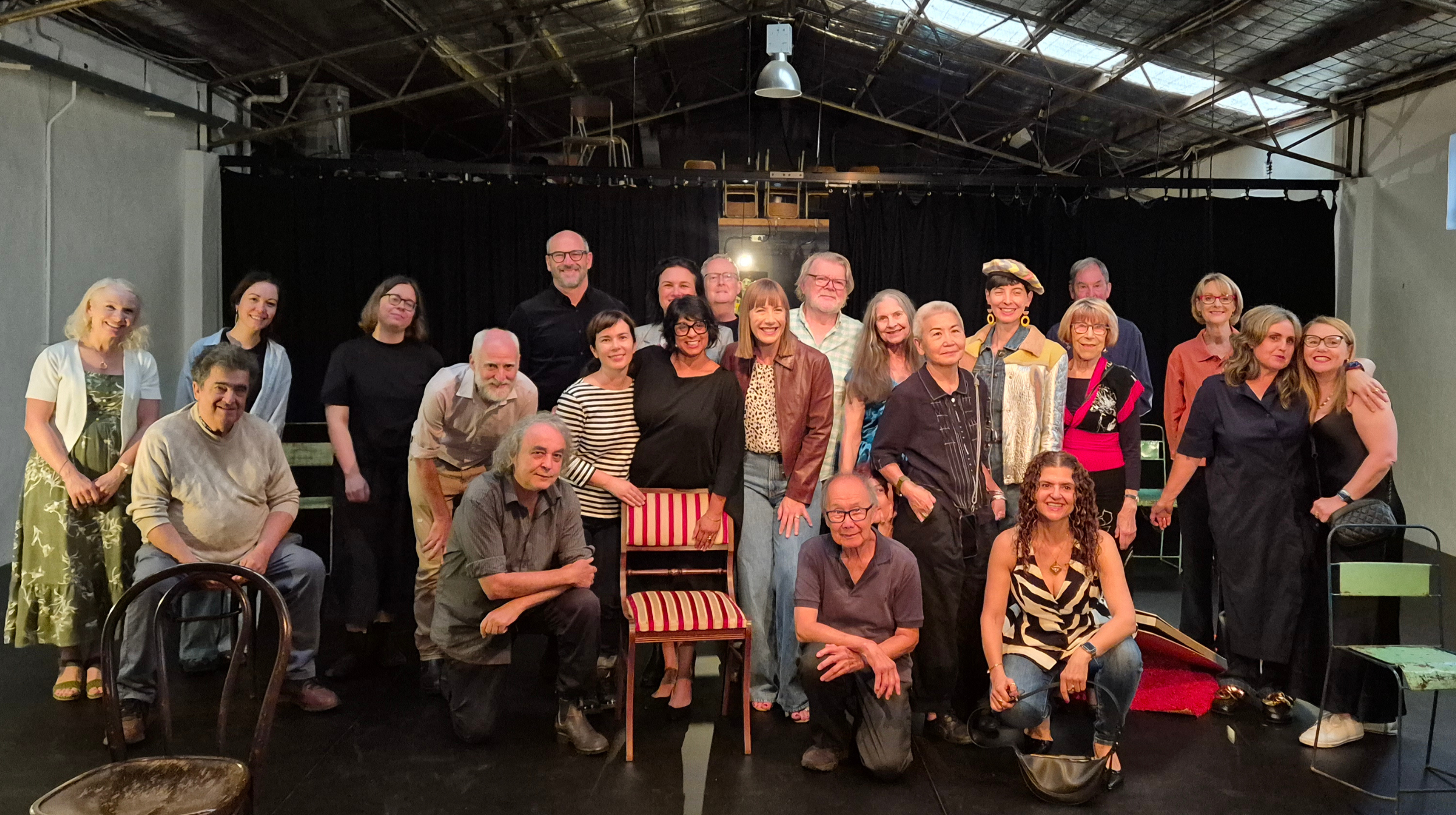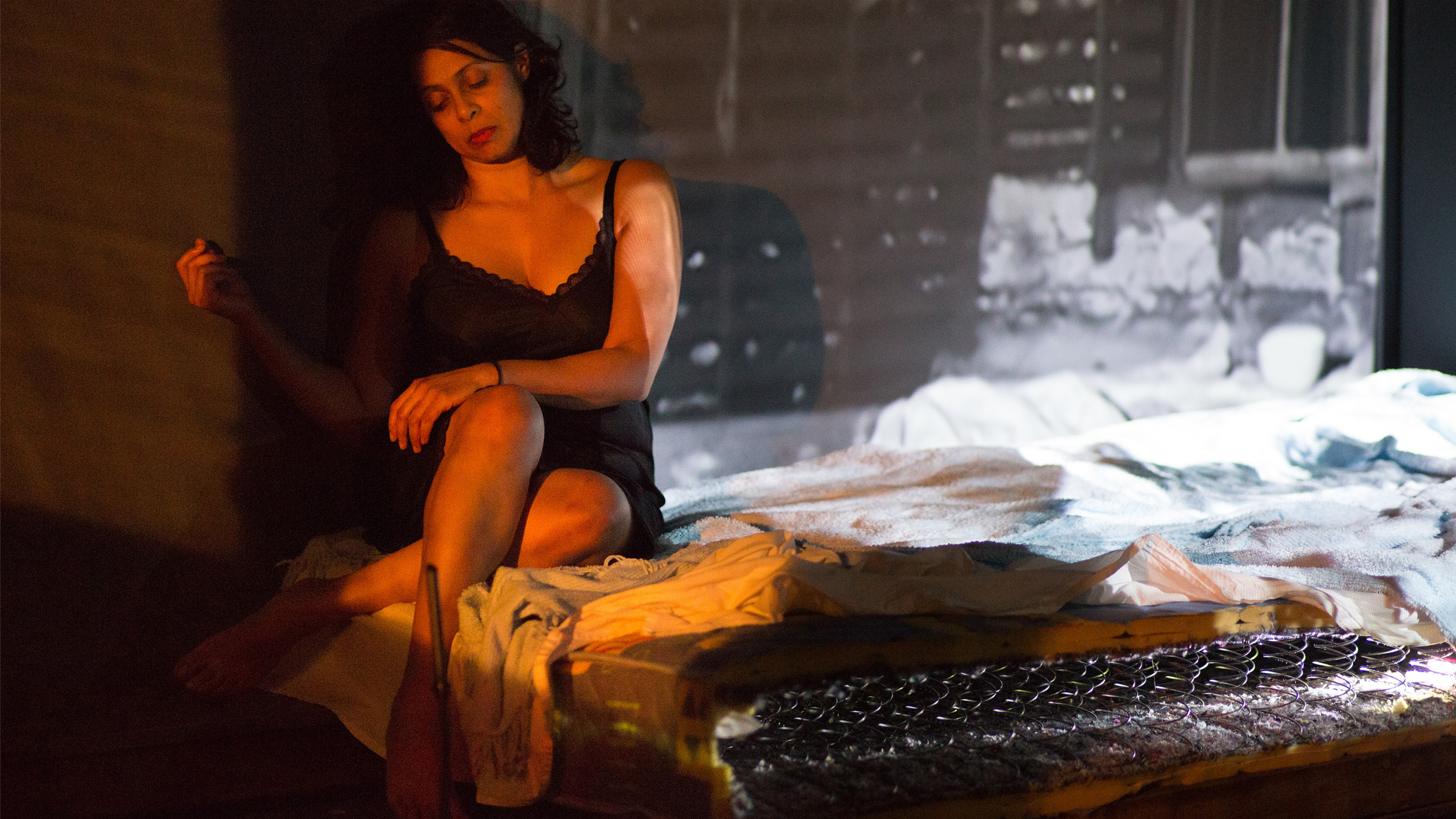
Ghostly Landscapes: Reflecting on Sunlit Noir and the Australian Gothic
Mark Bosch
15.11.2021
Mark Bosch explores the Australian Gothic not just as an aesthetic, but as a diffuse, miasmic quality and emotional resonance emerging from the wounds of history within a fractured, sun-scorched landscape. In a recent workshop curated by Michelle St Anne and hosted by the Sydney Environment Institute, artists and academics gathered to examine how this sensibility—and the related notion of “sunlit noir”—can inform an inclusive Australian artistic practice that confronts trauma, history, and ecological crisis.
What might an ‘inclusive Australian aesthetic’ look like? This is no small question. On Monday October 14 at the University of Sydney, a motley crew of artists, academics and practitioners set out to scope a response. Assembled by SEI’s Deputy Director and theatre-maker Michelle St Anne, the group made the aesthetics of ‘sunlit noir’ (coined by filmmaker Karyn Kusama) and the ‘Australian Gothic’ their starting point.
But as the day progressed, this quiet research assistant noodled on how these aesthetics might also work as emotional and political sensibilities. In using this fuzzy word ‘sensibility’, I want to suggest that what we might call ‘noir’ or ‘gothic’ is not only dependent on style cues like chiaroscuro or fearsome castles, but on an orientation towards noticing and valuing particular stories and phenomena over others, on an ‘ability to sense’ what might otherwise go unnoticed.
What we do or don’t notice in the moment is never simply accidental but historically contingent. Both the noir and gothic face history in particular ways; their recursive or retrospective (and often highly recognisable) style cues make this clear. But might theatre and filmmakers, writers, artists or even scenesters be interested in facing more than genre histories? Indeed many are. At the workshop, film theorist Bruce Isaacs went so far as to call noir “the most transgressive film genre” in describing its suggestion of presence beyond the content of the frame. This presence is sometimes as simple as a lurking Jack the Ripper, but more often it is named as a generalised anxiety, angst or melancholia, a creeping torpor or evil that thrives in concealment.
My claim is that this diffuse, miasmic quality can only arise from concentrated and specific historical conditions. How these conditions are or are not named is the political sensibility of a particular piece of noir or gothic. To effectively localise the noir and gothic to 21st century Australia, we might ask what historical conditions need best paying attention to in order to craft particular and pertinent political sensibilities in our work. This can go beyond affirming one’s personal proclivities and into difficult, uncomfortable, even threatening territory; the gothic is real!
For settlers and settler-descendants, living in Australia means living on violently stolen and despoiled land. This fact alone is not up for debate, and just about everyone living in Australia today knows it in one way or another. How do we answer to this all-too-present history? How do we even begin to recuperate the countless cultural and ecological losses ongoing and amplifying in the colonial-capitalist death vortex? How do we do so in a way that centres Aboriginal voices?
A lot of the time it seems most of us have no idea what to do with this mess. But many of us are trying, in our own little ways. This trying is fraught with feelings. Many of these feelings are echoed in the Australian Gothic, which, following former Jezabels pianist Heather Shannon’s paper, I considered to be uniquely positioned to deal with trauma, displacement, and the work of mourning across this enormous continent. Shannon turned ‘gothic’ into a verb to speak about what gothicising places and narratives might look like, a move echoed in architectural philosopher Chris L Smith’s comment on the “infinite transferability” of the gothic. At any given scale, at any set of coordinates, the gothic is born from particular historical conditions carrying particular emotional resonances. To gothicise is to turn towards these conditions and resonances, to tend to rather than shy away from the odorous wounds of history. Festering in the hot Australian sun, their continuous, gaping presence demands it.
Smith’s paper on the medico-legal history of sexual pathology reminded me that many of us live in de-eroticised landscapes of extinction, militarisation and technologisation, where erotic in its broadest sense means the physical contact between entities flourishing with and alongside one another. The often psychosexual leanings of the noir and gothic led me again to consider them as uniquely suited to dealing with the de-eroticised landscapes of global ecological crisis, and indeed there is emergent work on an “EcoGothic”. Like noir, according to Isaacs, the frame in the gothic is not simply “where stuff happens” but where space itself is a “sentient, acting presence”, a particularity that suggests ecological awareness and all the wonder, terror, mystery and perhaps resilience that might follow.
Among so many other works, films like The Proposition (2005), Mystery Road (2013), Sweet Country (2017), and all the way back to Wake in Fright (1971) and Picnic at Hanging Rock (1975) have with their largely sunlit aesthetics examined Australia’s dark, numinous, ghostly presences that belie the supposed environmental emptiness, the so-called ‘weird melancholy’ that did not pre-exist colonisation but which the settlers actually worked to achieve. Tuning into these presences is deeply, urgently necessary as we fight against our headlong procession into potentially ever-more-horrendous times.
Mark Bosch is a 2019 Honours Research Fellow at the Sydney Environment Institute and a research associate on the SEI Sites of Violence research project. Mark majored in French and Gender Studies at the University of Sydney, and is currently completing honours in the Department of Gender and Cultural Studies. He plays the violin and has since 2017 been a member of the Sydney University Symphony Orchestra. He also writes as Lead Critic for the online youth classical music magazine CutCommon, and participates in environmental justice activism. Mark lives on Darug land in southwest Sydney.
Thanks to all attendees, presenters (Dr Bruce Isaacs, Heather Shannon, Dr Genevieve Campbell, Dr Chris L. Smith, Dr Carolyn McKay), and discussants (Dr Damien Ricketson, Prof Megan Mackenzie, Brian Joyce) who joined Sydney Environment Institute’s workshop “Ghostly Aesthetics: Localising Sunlit Noir” on Monday 14 October 2019.
The workshop was curated by Michelle St Anne, SEI Deputy Director and Lead Researcher as part of the Sites of Violence project which merges artistic and academic understandings of human and non-human experiences of violence, and the processes, emotions, and meaning that this violence reveals. This transboundary approach dismantles learned indifference by introducing novel perspectives to old problems, and facilitates productively disruptive collaborations between researchers and artists.


